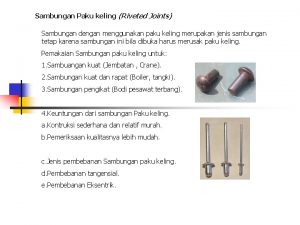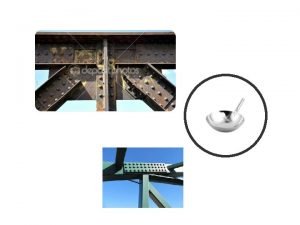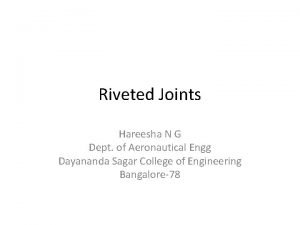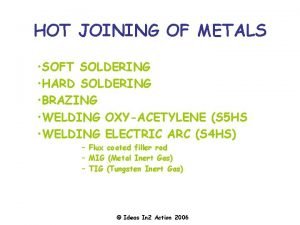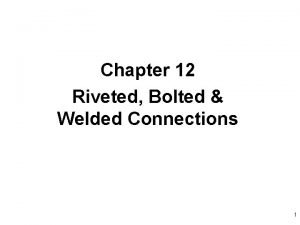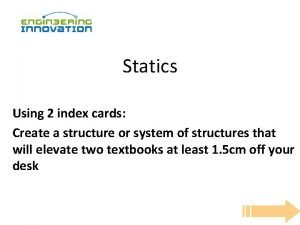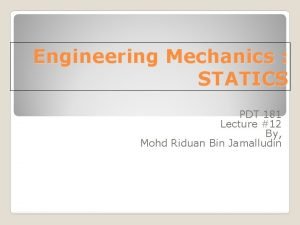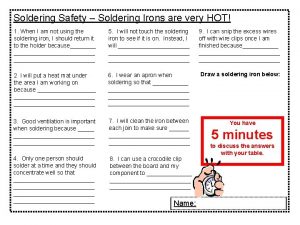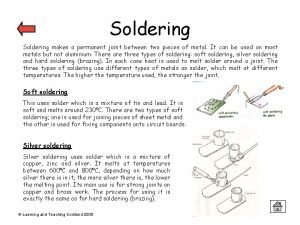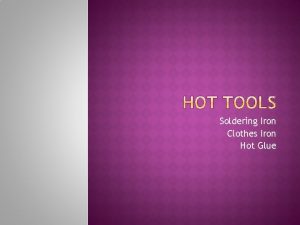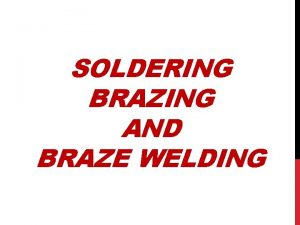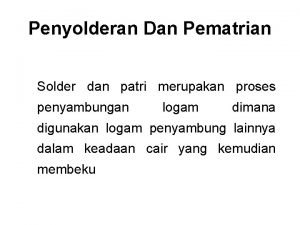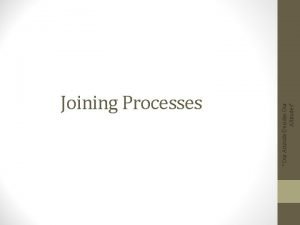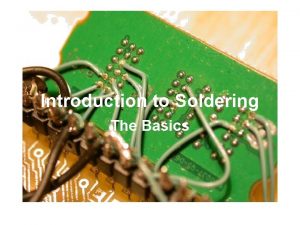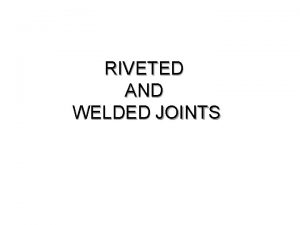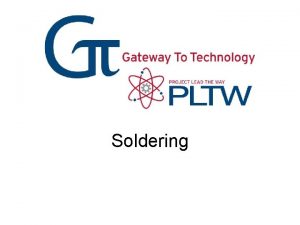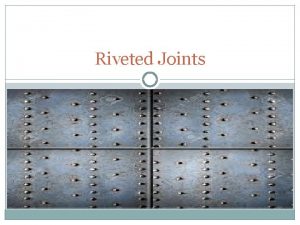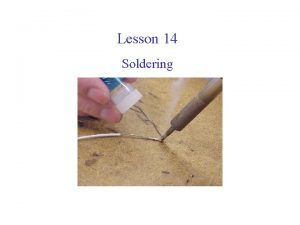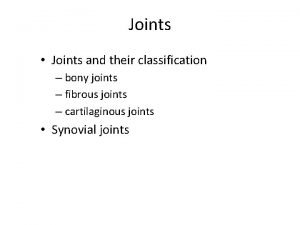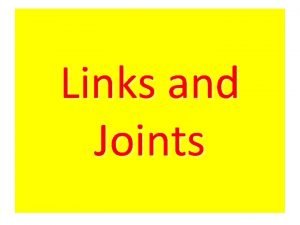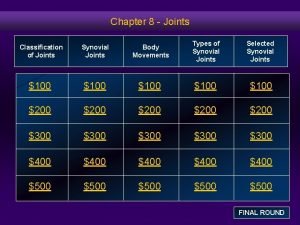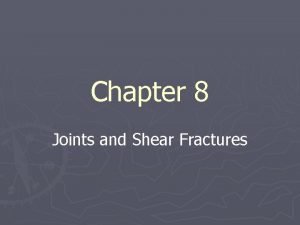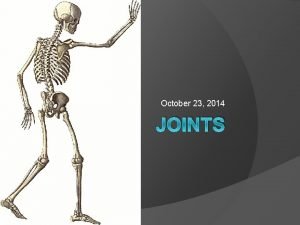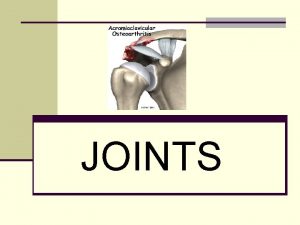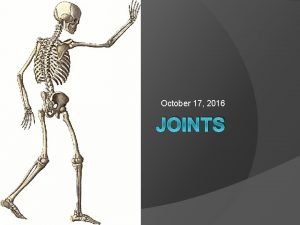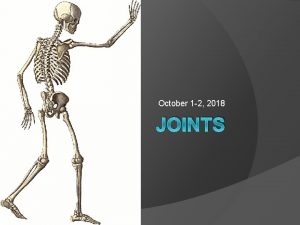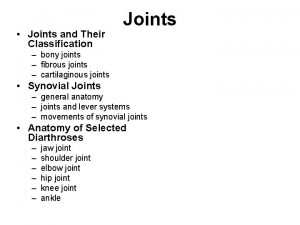Riveted joints SOLDERING Soldering is a method of

















- Slides: 17

Riveted joints

SOLDERING Soldering is a method of joining similar or dissimilar metals by heating them to a suitable temperature and by means of a filler metal, called solder, having liquidus temperuatre not exceeding 450°C and below the solidus of the base material. Though soldering obtains a good joint between the two plates, the strength of the joint is limited by the strength of the filler metal used. Solders are essentially alloys of lead and tin. capacitors, resistors will be soldered on PCB(Printed Circuit Board)

BRAZING Like soldering, brazing is a process of joining metals without melting the base metal. Filler material used for brazing has liquidus temperature above 450°C and below the solidus temperature of the base metal.

Some of the more common types of filler metals used are Aluminum-silicon Copper-silver Copper-zinc (brass) Gold-silver Nickel alloy Silver nickel, iron, copper, silicon, boron, phosphorus, etc.

Comparison between Welding, Soldering and Brazing

Welding, Soldering Brazing

Advantages 1. Welding is more economical and is much faster process as compared to other processes (riveting, bolting, casting etc. ) 2. Welding, if properly controlled results permanent joints having strength equal or sometimes more than base metal. 3. Large number of metals and alloys both similar and dissimilar can be joined by welding. 4. General welding equipment is not very costly. 5. Portable welding equipments can be easily made available. 6. Welding permits considerable freedom in design. 7. Welding can join welding jobs through spots, as continuous pressure tight seams, end-to-end and in a number of other configurations. 8. Welding can also be mechanized.

Disadvantages 1. It results in residual stresses and distortion of the workpieces. 2. Welded joint needs stress relieving and heat treatment. 3. Welding gives out harmful radiations (light), fumes and spatter. 4. Jigs, and fixtures may also be needed to hold and position the parts to be welded 5. Edges preparation of the welding jobs are required before welding 6. Skilled welder is required for production of good welding 7. Heat during welding produces metallurgical changes as the structure of the welded joint is not same as that of the parent metal.

SHEET METAL FORMING


Sheet Metalworking • (a) Bending and (b) deep drawing

Bending

Sheet Metalworking • (c) Shearing: • (1) punch first contacting sheet and (2) after cutting


Progressive forming


 Kampuh berimpit
Kampuh berimpit Sambungan rivet
Sambungan rivet Transverse pitch in riveted joints
Transverse pitch in riveted joints Soft soldering and hard soldering
Soft soldering and hard soldering Slidetodoc
Slidetodoc Complex truss analysis
Complex truss analysis Using the method of joints determine the force
Using the method of joints determine the force Semi permanent joint example
Semi permanent joint example Truss quiz
Truss quiz Symposium introduction
Symposium introduction Soldering safety
Soldering safety What is permanent joint
What is permanent joint Second degree burn from hot glue gun
Second degree burn from hot glue gun Soldering and brazing
Soldering and brazing Teknik patri logam
Teknik patri logam Differentiate between soldering brazing and welding
Differentiate between soldering brazing and welding What does a dry solder joint look like
What does a dry solder joint look like Ipc class 3 soldering
Ipc class 3 soldering
